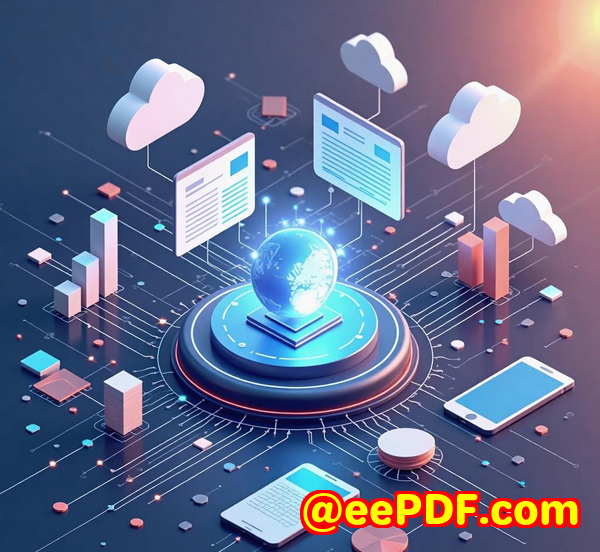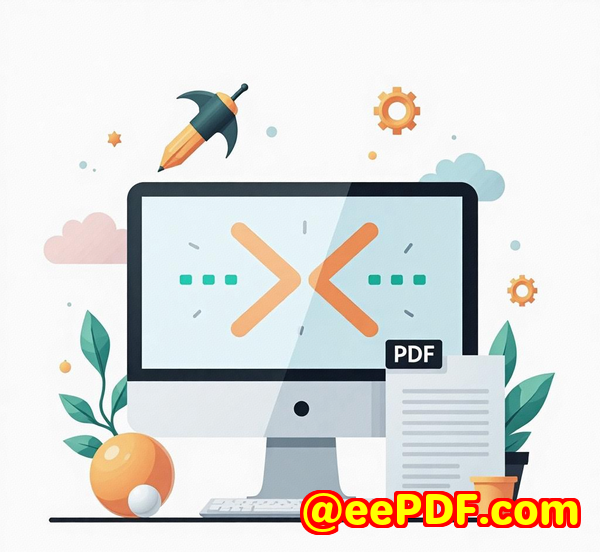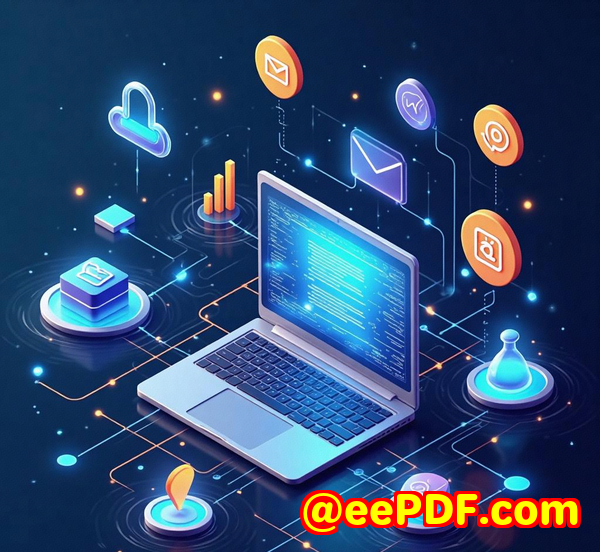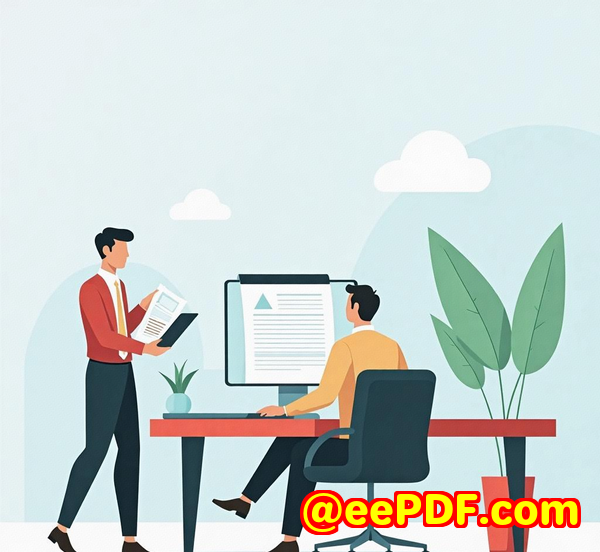How to Export DWG to WMF Format for Seamless Integration with Microsoft Office Graphics
How to Export DWG to WMF Format for Seamless Integration with Microsoft Office Graphics
Every time I tried to drop a DWG drawing into PowerPoint or Word, it looked like garbage.

Blurry lines. Lost scaling. Misaligned objects.
We're not just talking aesthetics hereit made my technical documentation look unprofessional. Clients couldn't zoom in without distortion. Colleagues would send back slides asking, "What am I looking at?"
And that's when I realised: WMF is the key to clean, scalable CAD visuals inside Microsoft Office.
But exporting DWG to WMF isn't straightforward. Not with native tools, not without pulling your hair out.
That's when I found VeryDOC DWG to Vector Converter.
What This Tool Actually Does
I don't have time for fluff. You probably don't either.
So here's the deal: VeryDOC DWG to Vector Converter (DWG2Vector) lets you batch convert DWG and DXF files to vector formats like WMF, EMF, PDF, SVG, EPS, and more.
And when I say "batch," I mean no manual clicking, no GUI nonsensejust command line goodness.
It's available for Windows and Linux. And best part? No AutoCAD installation needed.
Let that sink in.
Who Should Care About This?
If you're:
-
A CAD developer integrating CAD graphics into reports or presentations
-
A software engineer automating technical doc generation
-
A technical writer needing crisp visuals without pixelation
-
Or anyone building systems that handle CAD files at scale...
Then this is your power tool.
My Experience: Going From Frustration to File Perfection
Let me walk you through how I used it last week.
I had a folder with over 150 DWG files.
The goal? Convert all of them into WMF format so our documentation team could embed them into a Microsoft Word template.
I ran this:
Simple as that.
No GUI freezes. No license nags. Just raw command line performance.
After exporting, the team dropped those WMFs into Officecrystal clear visuals. No distortion. Scalable. And zero complaints from the reviewers.
That's rare.
Favourite Features That Actually Matter
Let me break down the three killer features that made this tool a win for me:
1. Batch Conversion Without Drama
Command line support means you can convert hundreds of files at once.
No popups. No UIs.
Perfect for scripting. Perfect for CI pipelines. Perfect for automation nerds like me.
2. Multiple Output Formats
WMF wasn't the only one I tested. I tried PDF, EMF, and SVG.
All crisp. All vector. All consistent.
And switching between them? Just change the output extension. That's it.
3. Custom Line Width + Resolution Control
Some of our DWG files had super fine lines. Default exports made them practically invisible.
With -linewidth and -dpi options, I dialled in precision that matched our print specs.
Boomproblem solved.
What Makes It Better Than the Alternatives?
Here's what I tried before:
-
AutoCAD's built-in export requires a license, slow, not scriptable.
-
Online converters sketchy, limited file size, no batch support.
-
Custom scripts in Python time-consuming, unreliable output quality.
Compared to that?
DWG2Vector is built for real workflows.
No fluff, just focus.
Where This Fits in the Real World
Let's talk real use cases:
-
Engineers exporting schematics into PowerPoint decks for client presentations.
-
IT teams integrating DWG rendering into document generation systems.
-
Government offices digitising architectural records.
-
Software vendors embedding vector outputs into their PDF engines.
If you deal with DWG, DXF, or CAD visuals in any workflowthis tool saves time, removes friction, and boosts clarity.
Period.
My Takeaway
DWG2Vector doesn't just "convert files."
It fixes the broken pipeline between AutoCAD and the rest of your software stack.
It's fast. Reliable. Brutally simple.
I'd recommend this to any developer, engineer, or technical doc team handling large volumes of CAD files.
It just works.
Try it for yourself: https://www.verydoc.com/dwg-to-vector.html
Custom Development Services from VeryDOC
Sometimes you need more than an out-of-the-box tool.
VeryDOC's team offers custom development for Windows, Linux, and macOS environmentstailored to your exact requirements.
Need your own vector output tool embedded in a SaaS app?
Want to hook into printer drivers and intercept DWG print jobs?
Need custom logic for barcode generation, document scanning, or OCR-based form extraction?
They've built solutions in:
-
Python, C++, .NET, JavaScript, PHP
-
Windows Virtual Printer Drivers
-
System API hooks to monitor file and print jobs
-
Barcode/OCR tech
-
PDF DRM, digital signatures, secure viewing
-
Font manipulation, layout analysis, and even Flash/SWF conversion
If it touches documents, printers, or CAD, they've probably built it.
Reach out to them: https://support.verypdf.com/
FAQs
Q1: Do I need AutoCAD installed to run this tool?
No. That's the magic. It's completely standalone.
Q2: Can I run this on a Linux server?
Yes. There's a Linux version for command-line conversion too.
Q3: What DWG/DXF versions does it support?
From R12 to 2004 and beyond. It's got wide format compatibility.
Q4: Can I convert to formats other than WMF?
AbsolutelyEMF, PDF, PS, SVG, EPS, SWF, XPS, HPGL, and PCL are all supported.
Q5: Is this suitable for integration in custom software?
Yes. There's an SDK available and command-line access, making it integration-friendly.
Tags / Keywords
-
DWG to WMF Converter
-
AutoCAD to WMF export tool
-
DWG batch converter for Windows
-
Convert DXF to EMF vector
-
CAD to Office vector graphics
TL;DR?
If you need to export DWG to WMF for clear, scalable visuals in Microsoft Office, this is the tool.
And yesthe keyword "export DWG to WMF" is exactly what you should be searching for.
Because that's what it does. And it does it damn well.



